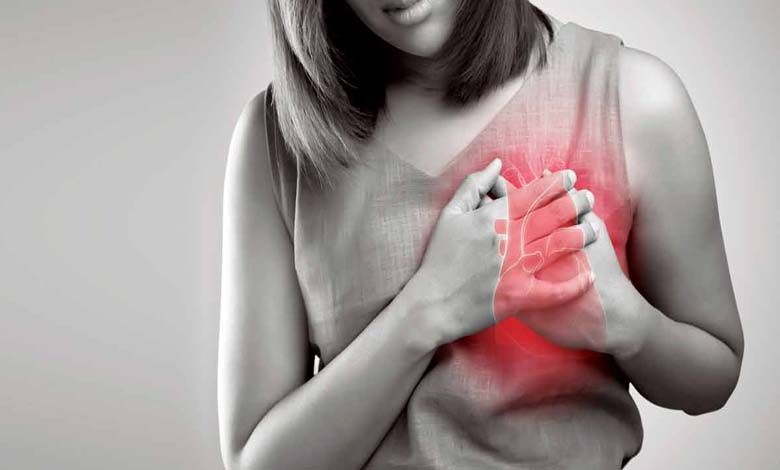Why are women more prone to heart attacks?

For decades, heart attacks were widely regarded as a men’s disease. Yet, medical data now show that they are among the leading causes of death in women worldwide. This heightened vulnerability stems from a combination of biological, hormonal, psychological, and social factors that interact in complex ways, often making prevention and diagnosis more challenging in women than in men.
Atypical symptoms that delay diagnosis
One of the main reasons heart attacks are more dangerous for women lies in the difference in symptoms. While men typically experience severe chest pain radiating to the left arm or jaw, women often present with subtler signs — shortness of breath, nausea, unusual fatigue, or pain in the back or abdomen. Because these symptoms are atypical, both patients and doctors may fail to recognize them as cardiac-related, delaying treatment by several hours — a delay that can be fatal.
The hormonal connection
Hormones play a crucial role in women’s cardiovascular health. Before menopause, estrogen helps protect the arteries by keeping them flexible and regulating cholesterol levels. However, after menopause, the sharp decline in estrogen increases the risk of plaque buildup and arterial narrowing. This hormonal shift marks a turning point when the female body becomes significantly more vulnerable to cardiovascular disease.
Hidden risk factors
Some risk factors are less visible but equally harmful for women. Chronic stress, depression, hormonal imbalances, and lack of sleep are often underestimated in medical assessments. Additionally, metabolic conditions such as diabetes and hypertension tend to affect women’s hearts more severely than men’s. A diabetic woman, for example, is twice as likely to suffer a heart attack as a diabetic man.
Lifestyle and social pressures
Modern lifestyles have also increased women’s cardiovascular risk. Many juggle professional duties and family responsibilities, leading to high levels of stress, exhaustion, and limited physical activity. Unhealthy diets, smoking, alcohol consumption, and lack of rest further compound the problem. Studies also reveal that women often downplay or ignore their symptoms, prioritizing the well-being of others over their own health.
Diagnosis and prevention gaps
Standard diagnostic tests have historically been designed around male physiology, making it harder to detect coronary disease in women. Many experience a condition known as “Tako-Tsubo syndrome,” or stress-induced cardiomyopathy, often triggered by intense emotional distress. This female-specific disorder highlights the close link between psychological stress and cardiovascular health.
A call for greater awareness
Fortunately, awareness and research are improving. Public health campaigns increasingly emphasize the recognition of women’s specific cardiac symptoms and the importance of early detection. A balanced diet, regular exercise, stress management, and consistent post-menopausal medical care are all vital preventive measures.
Understanding that heart attacks are not “a man’s disease” is essential to saving women’s lives. Until healthcare systems and societies fully integrate the reality of women’s cardiovascular risks, countless women will continue to suffer — not from biology alone, but from neglect and misunderstanding.












